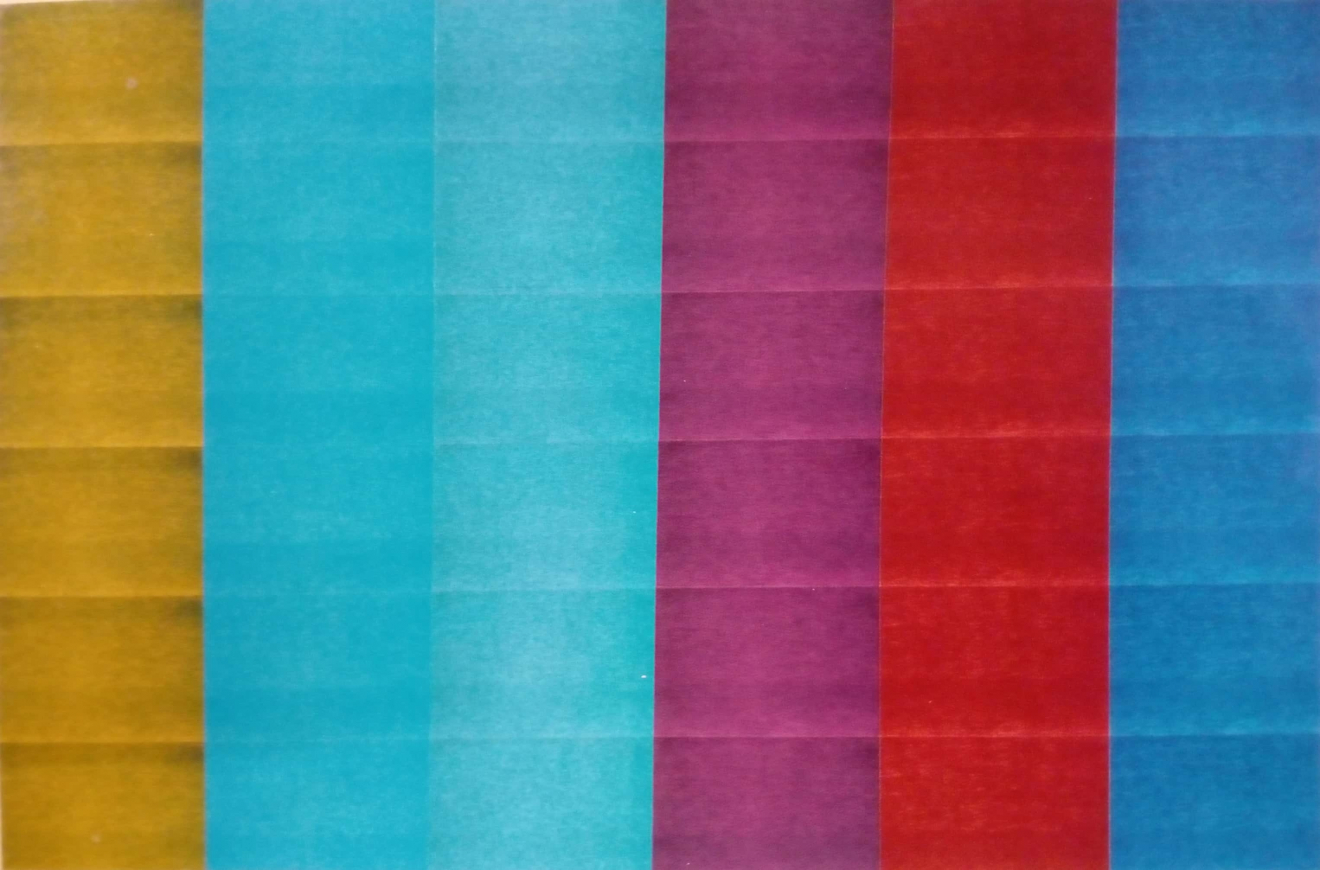
El paisatge més pròxim
The nearest landscape is always a border to us, as everything starts to take shape right at the verge of where we end: at the limit of our skin, at the threshold of what we perceive, at the edge of our last thought, in the proximity of that emotion or this feeling, in the resonance of those words... And, as occurs in all geographies throughout the world, a frontier is a place without distinction or useful property. It is initially a territory pertaining to no one. In other words, it is in this territory, which is often difficult to confine and where it isn't clear what space is more someone else's than our own, where we human beings develop our favourite games: those in which we project ourselves as being different. It is where creativity is manifested and where the best of us is produced. It is where we end and what we end up as. We tattoo the wrapping that surrounds us with personal signs like a stamp of territorial property.
The nearest landscape, "the frontier zone", is in a constant process of change: it ranges from most extreme vagueness to the most differentiating identity, and it configures a new circumscription each time we determine ourselves in the images, objects or spaces produced. We modify our extension and our limits by naming the formerly unclaimed territories that we have now appropiated. It is in this way that we alter the geography of the "self", by defining the frontiers between ourselves and others, by being creative with the most immediate landscape and by modifying the alien urban geography.
The nearest landscape includes sensitive and plastic experiences that, once we overcome the initial fascination for that which is most easily recognisable -the body itself, the most recent experience...- determine the immediateness and give it form. Thus, we see sketched mountains formed by the clothes on our bodies, lines traced by the rivers created by our sweat on the fabric, a forest of vases containing our memories, paths winding through the surroundings of our homes, or the way we freeze and fix our sight on that which we desire... We experience how a landscape takes shape, a landscape that becomes confused with our epidermis, with our breath, with the vapour transpired by our body, with everything that is the nearest and most intimate. It is this mood which coheres the productions of The nearest landscape. Two elements converge in this exhibition: the will to give an identity to the bounds of our being, and our doubts, or at least the aloofness, regarding everything that escapes individuality in order to form collective concerns. For, it is clear that the lack of expectations of finding hope in a distant lands-cape places us in the proximity, in a more intimate and private relation, in the threshold with the other.
Jaume Barrera


